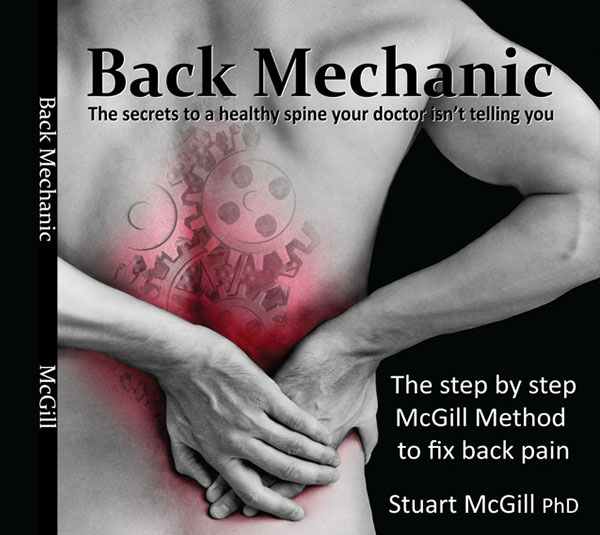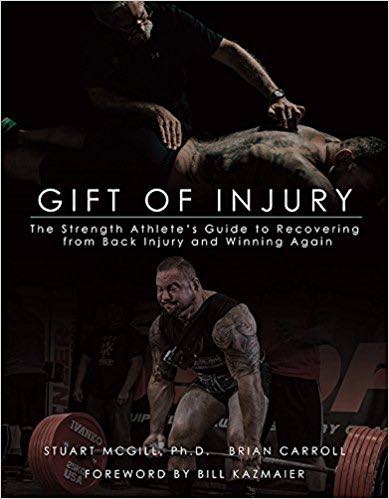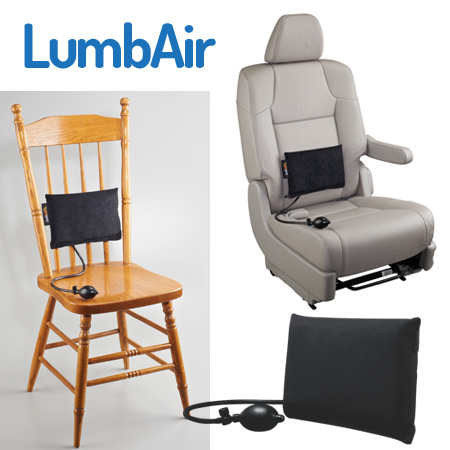13 Aug The Myth of “Even Rounding” in the Spine: Why Context and Nuance Matter
Article Rundown
- Even rounding under load is highly context-dependent.
- “Reasonable range” varies greatly between lifters.
- Outliers can’t be used as a standard for form.
- Bracing and stiffness protect the spine under load.
Why Context and Nuance Matter
When it comes to biomechanics questions, one of the most common I hear is this:
“If the back is rounded evenly within a reasonable range, wouldn’t the load be divided up and shared between every vertebral segment, thus lowering stress on individual discs?”
On paper, that might sound logical. In reality, it’s far more complicated.
Understanding the Load and Where It Goes
Before we can even talk about whether “even rounding” is safe, we have to define what load we’re dealing with, where it’s applied, and how the body is positioned.
It’s one thing to be in a quadruped position on the floor and segment your spine without any significant load. That might be fine. But put a 900-pound deadlift in your hands and segment your spine the same way, and your “shared load” quickly becomes a shared disaster — scattered across the floor as your spine gives out.
It all comes down to:
- Magnitude of load (weight on the bar or in the hands)
- Type of force (shear vs. compression)
- Joint angles
- Individual capacity and tolerance
- Leverages and positioning
Without factoring these in, “evenly rounded” is just a vague concept.
The Problem with “Reasonable Range”
People love to use terms like reasonable, minimal, or substantial when describing movement or load tolerance. The problem? Everyone’s definition of those words is different.
“Reasonable” to one person might be catastrophic to another. It’s no different than debating what’s socially or politically “reasonable” — context and perspective completely change the meaning.
In biomechanics, “reasonable range” might be:
- 10 degrees for one person
- 45 degrees for another
- 180 degrees for someone with extreme flexibility and unique collagen properties
That’s why blanket statements about form, angles, or rounding are misleading.
Outliers vs. the Average Lifter
Yes, some lifters can round their spines significantly under load and do just fine. They may have unique joint structures, connective tissue properties, or decades of adaptation that allow them to tolerate it.
The problem comes when the average lifter tries to copy those outliers. For every Derek or Blue Howard who can seemingly do anything without consequence, there are countless others who try the same and end up in the hospital, on morphine pumps, and unable to move without pain.
You are not the exception. Training as if you are is asking for trouble.
Stress Concentrations and Bracing
Even small amounts of “harmless” rounding can become harmful when load, angle, and shear forces exceed your tissue’s tolerance. If the load is creating stress concentrations — meaning certain structures are taking more force than they can handle — injury risk skyrockets.
The solution? Stiffen the spine and control movement under load.
- Use the lifter’s wedge to lock in a neutral spine position.
- Brace 360° with intra-abdominal pressure.
- Maintain segmental stiffness so compression and shear forces are managed, not left to damage vertebrae and discs.
The Role of MRI and Data Interpretation
This conversation ties into a bigger problem: people cherry-picking studies or dismissing diagnostic tools like MRI because “they don’t tell the full story.”
It’s true — MRIs don’t perfectly explain pain. Plenty of people have disc herniations without symptoms. But that doesn’t make the scan useless. An MRI can rule out serious issues like tumors, cysts, or rare pathologies. It’s a point of view — not the full truth, but an essential part of the picture.
Ignoring that data just because it’s imperfect is like throwing away a compass because it doesn’t give you the exact GPS coordinates.
The Bottom Line: It Depends
Biomechanics isn’t about simple yes/no answers. It’s about context, capacity, and individual response.
- Can evenly rounded spines under load exist without injury? Yes — for some.
- Should most lifters train that way? Probably not.
- Does “reasonable range” mean the same for everyone? Absolutely not.
In the end, your safest bet is to train within your own proven tolerances, brace effectively, and avoid copying outliers whose structure and adaptations you can’t replicate.











Sorry, the comment form is closed at this time.